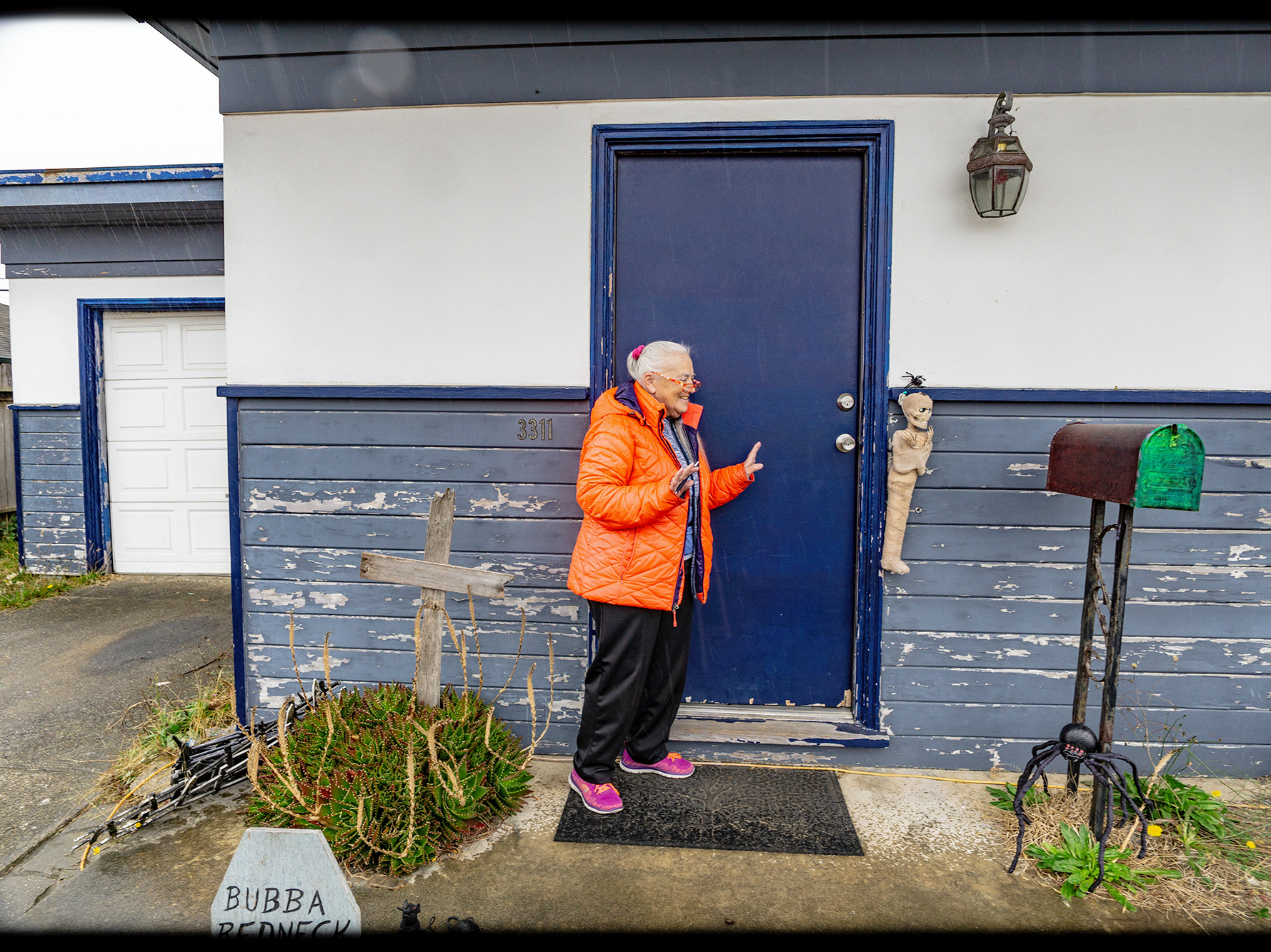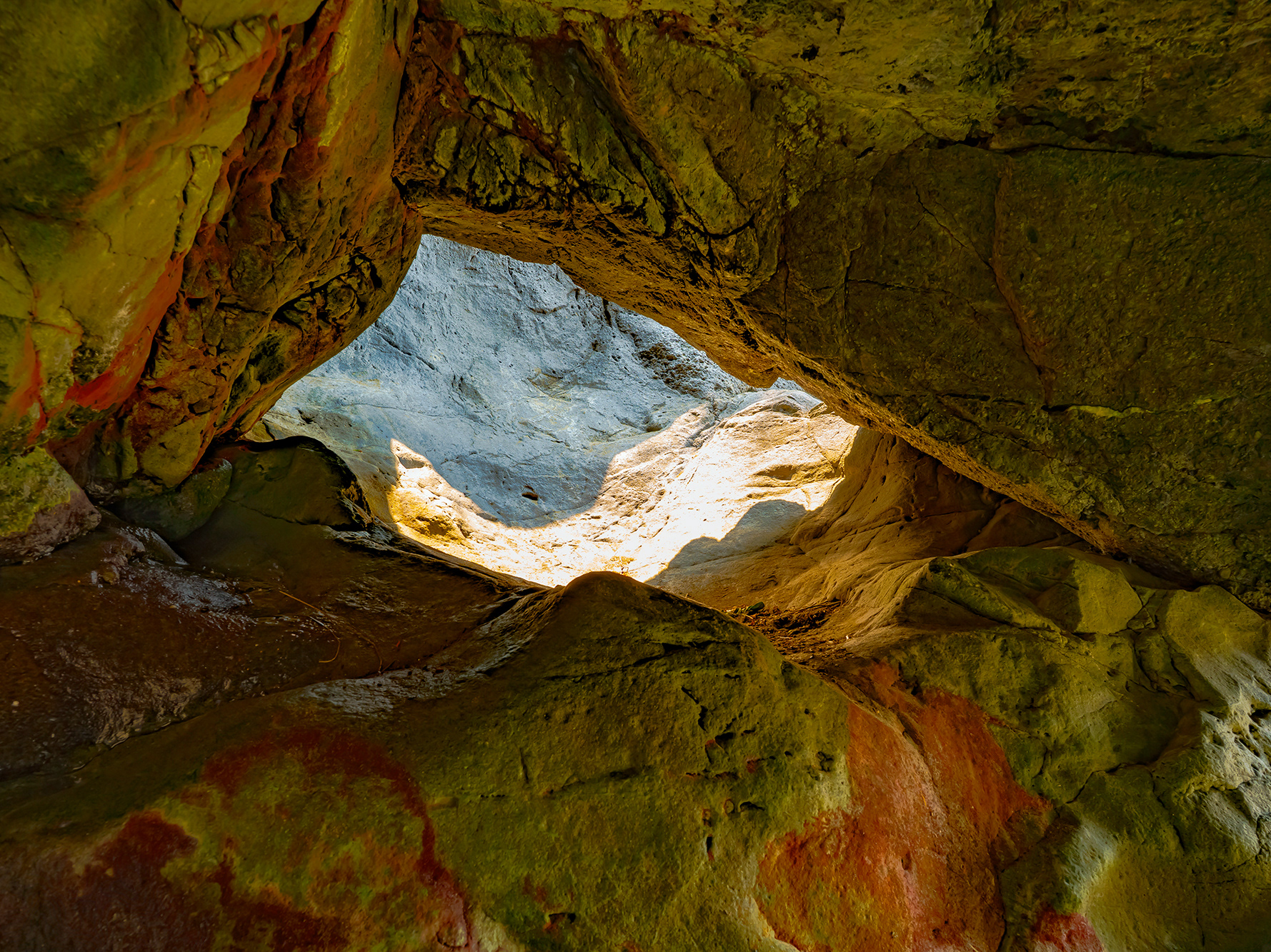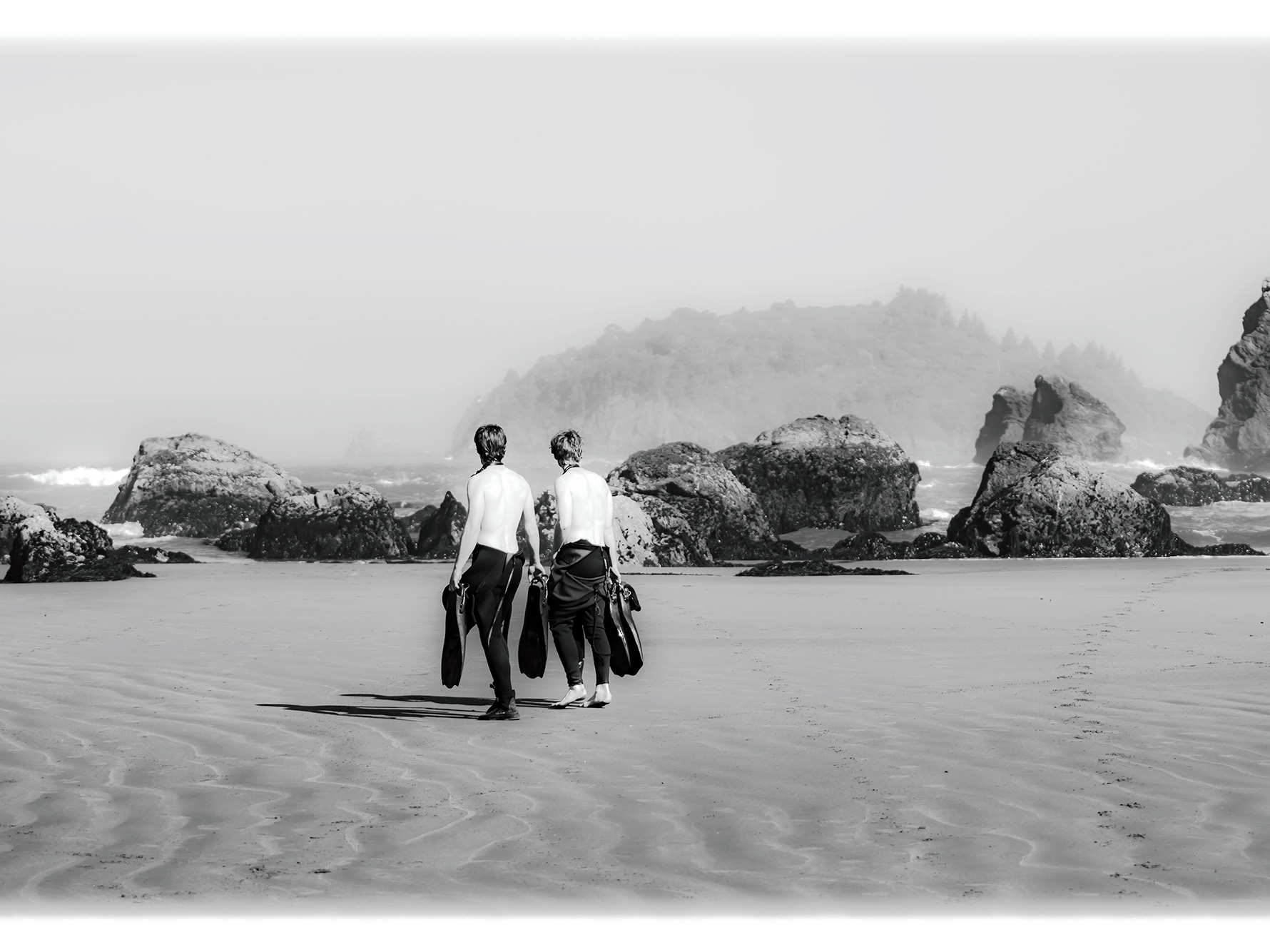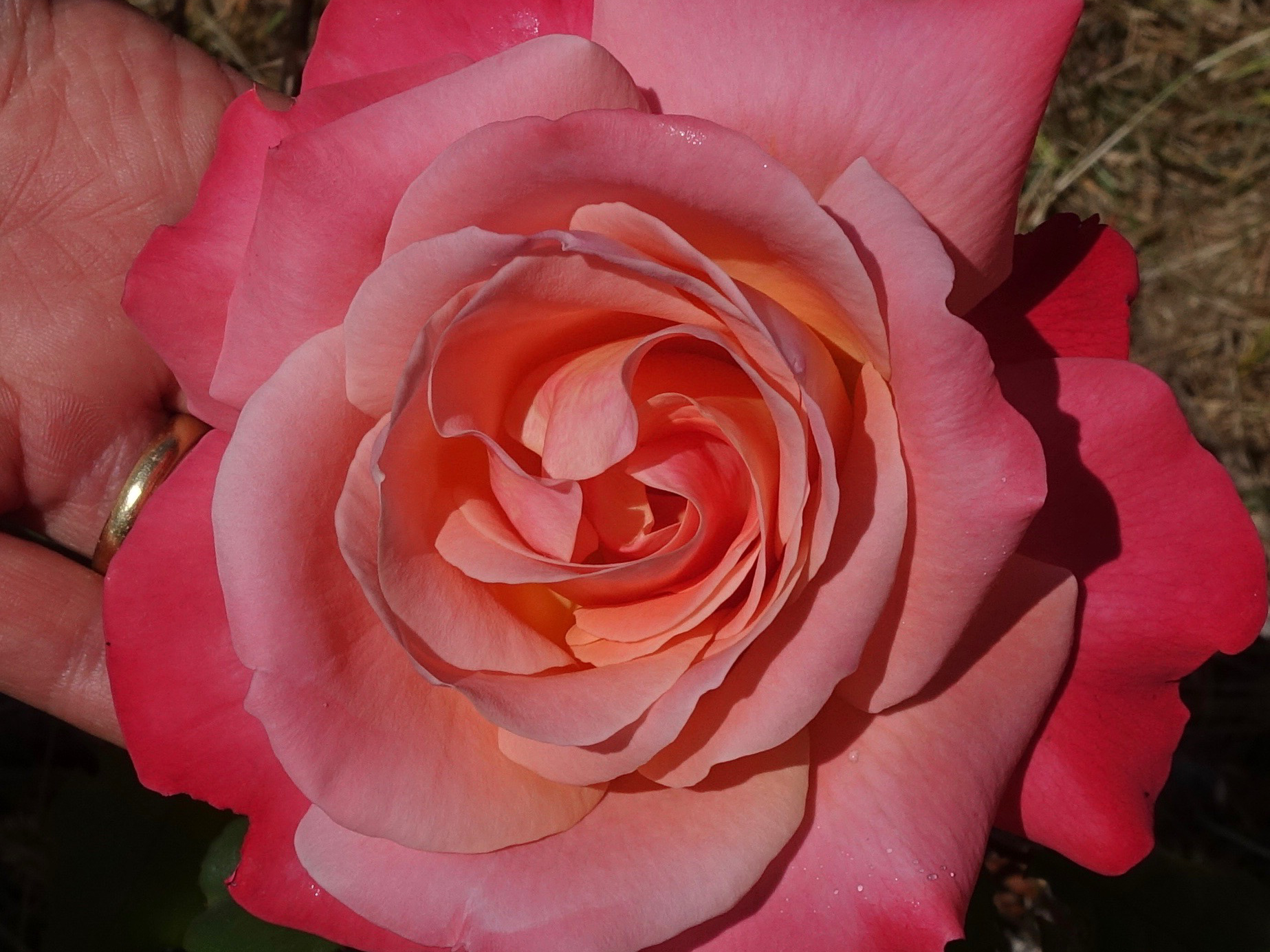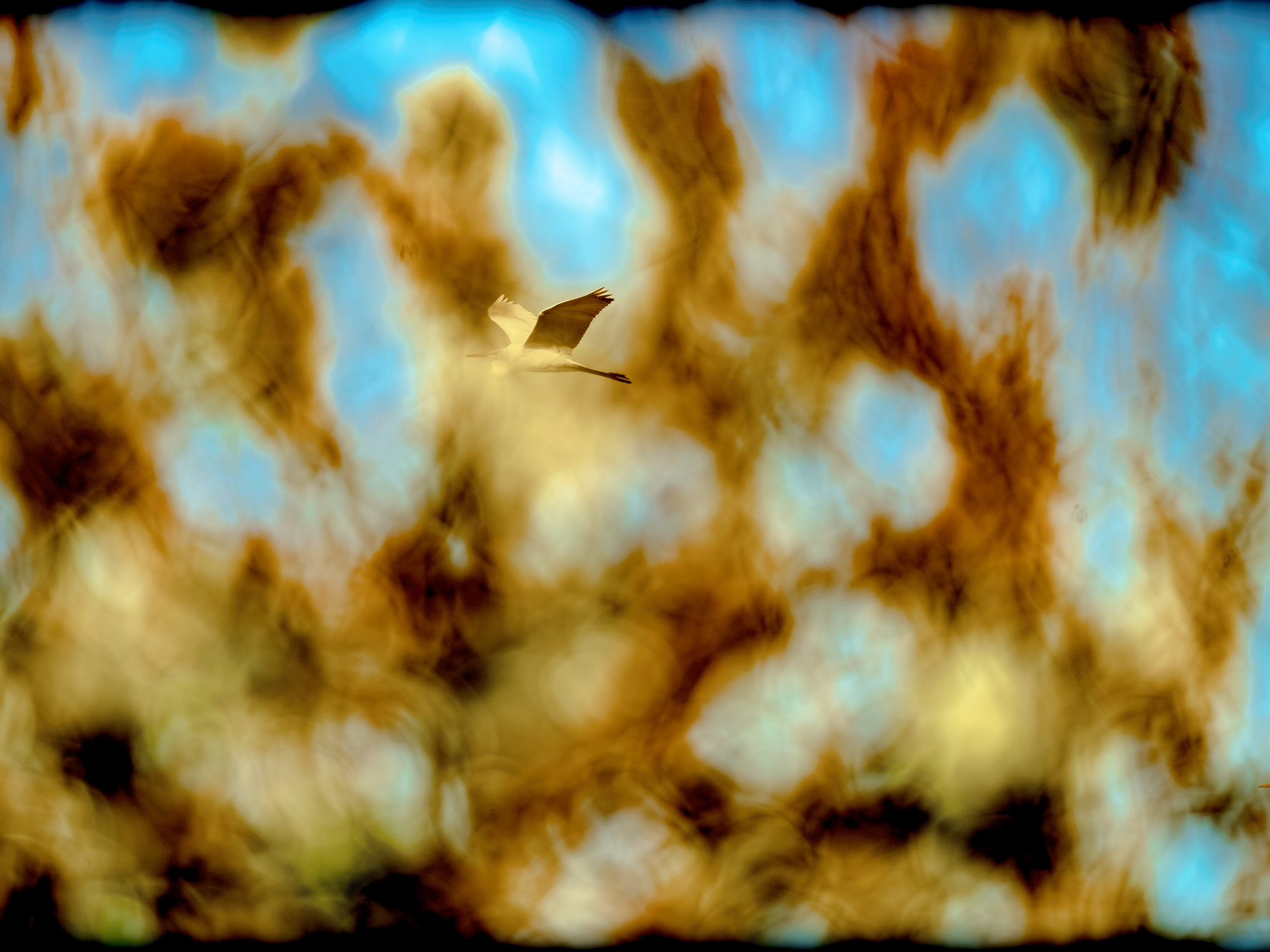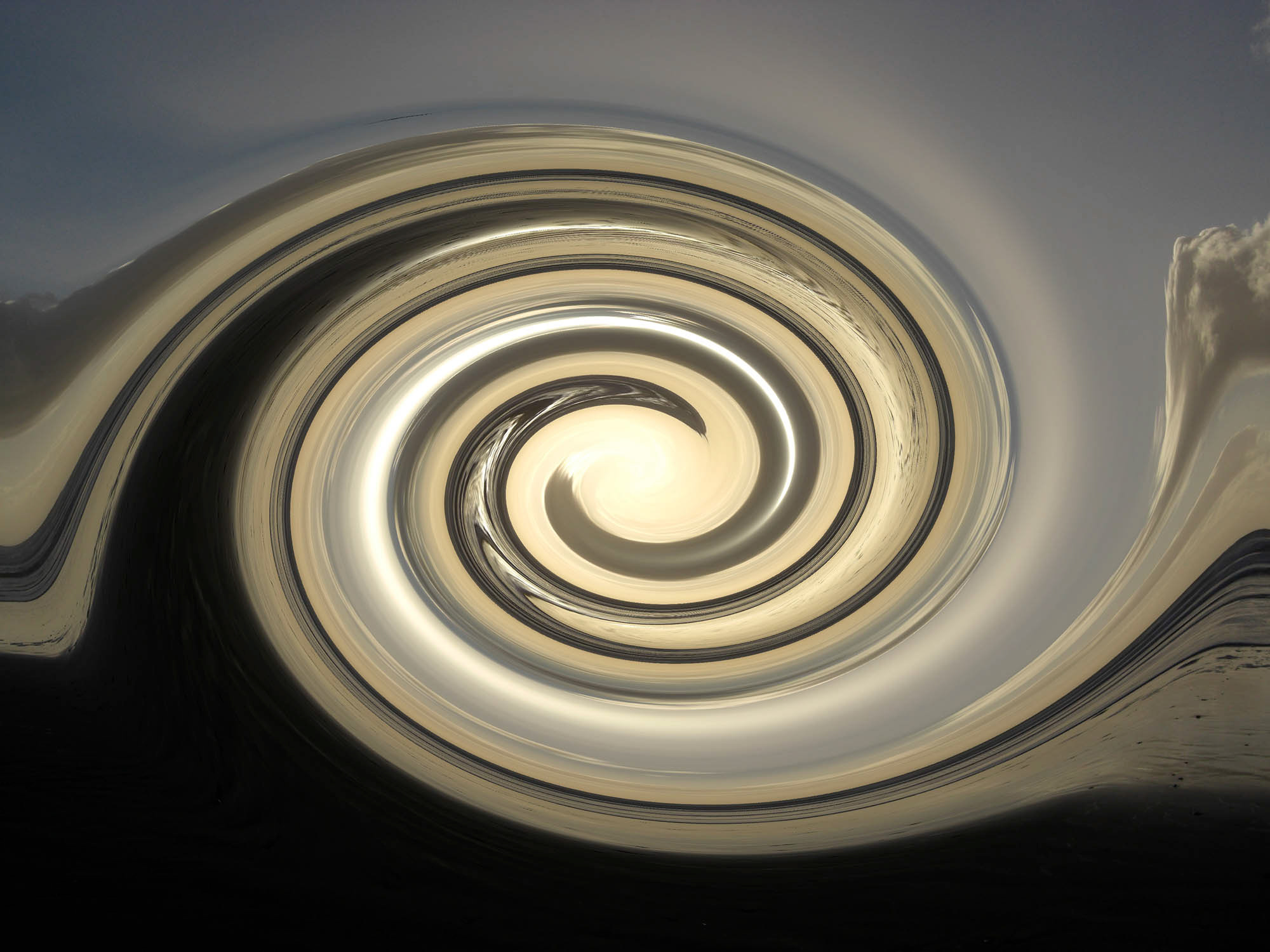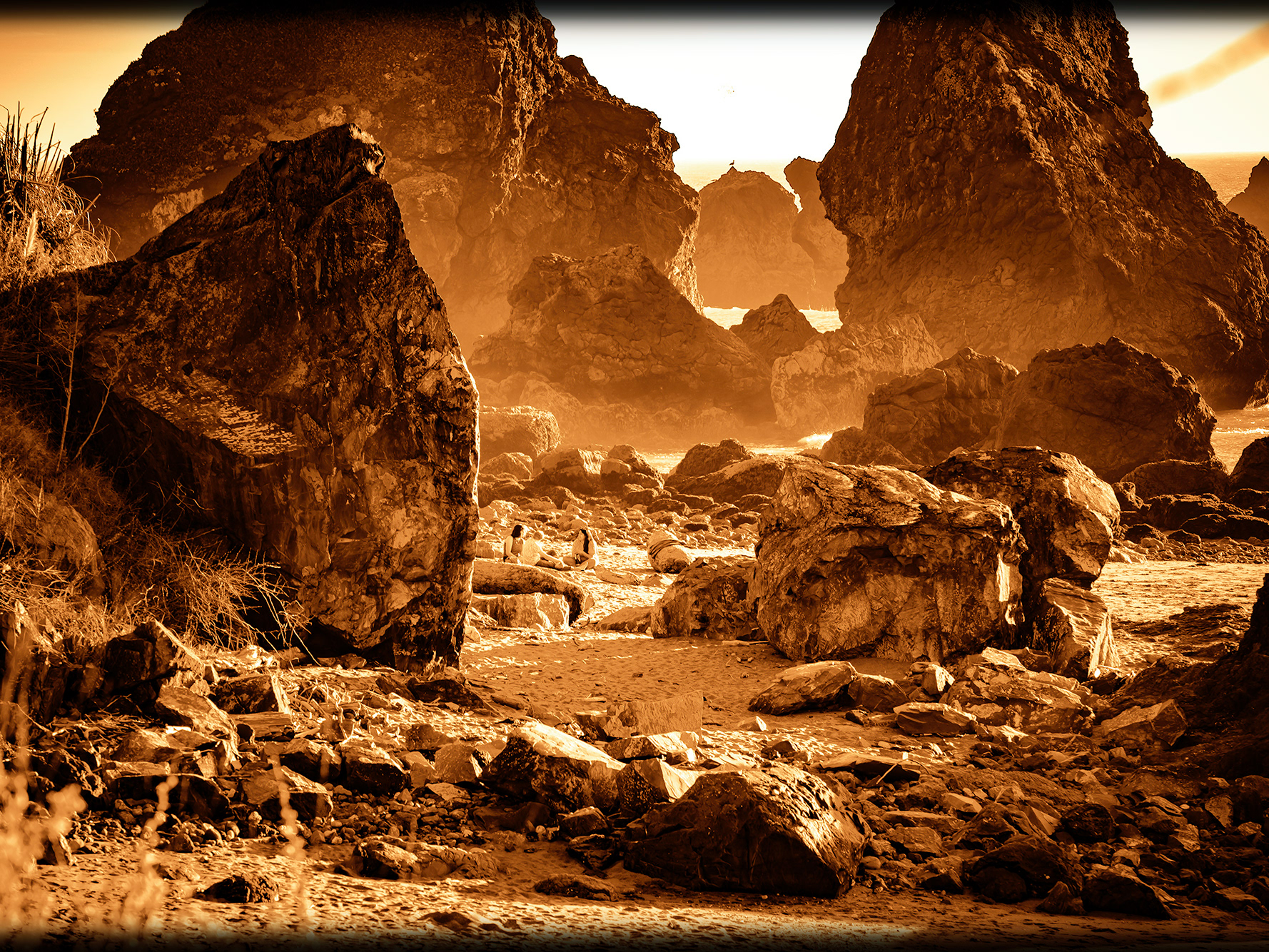So. You can see my fearless invisible friends. It is certain.
“-a tight-wire stretches from nowhere— to eternity—
upon this terrible strand—inching along—balances”
upon this terrible strand—inching along—balances”
—————-a bonehead with a boner?———————
A rattling bag of bones
Riding a longboard?
Riding a longboard?
I was doomed from the onset. From the moment the “Daughter of the Dragon” waltzed on stage. In the early morning light. In the ten-sided straw bale, rammed earth temple at Heartwood Institute. In our Asian Healing Arts course. The class taught by the Taoist immortal, Paul Pitchford. Who wrote the book on…
Such is life. A Shakespearean tale “told by an idiot”. For an idiot. About an idiot. Accompanied by. A dire slithering, ravenous lizard. What swallows its own scut n dock.
But. Hold on here a minute or two or three…
ART IS LOVE
Avatar Adi Da Samraj’s Wisdom on Art
May 5, 2001
May 5, 2001
“Only that which is loved is beautiful. . . . The
necessary essence of art is Love. . . . Love must be
the mother of the arts, not architecture, not structure,
not function. True art always involves the observer in
the participatory gesture of being, or what we call
love.
“The necessary essence of art is Love.

Art depends on the ability of the viewers of any object or performance to feel love relative to the process or object that is presented to them. The work of art must in some way or other generate this feeling, this attitude, this gesture — even if it is something as seemingly simple as a finely made pot. It must evoke somehow this participatory feeling. If it frustrates it, or doesn’t allow it, or doesn’t even try to invoke it, then it’s not really art.
True art invites participation, and it’s part of a cultural exercise. All art originally came out of the temple, or the religious culture, the sacred culture of the past. The art was used. There are high forms of art that were used within the ceremonial practices of various societies, past and present. There were other objects that were utilitarian, but were, like pots, designed in such a way that they created continuity between the temple life, or the ceremonial life, and daily life. Individuals in these cultures were expected to constantly participate in the Divine Process. Even objects in daily use were designed to create that continuity. They’re what we call crafts, even though they’re very beautiful. They were considered high art if they had this ceremonial purpose, if they were part of the sacred participation of everyone who would gather on certain occasions.
But much of the art of the last several centuries has been moving in a totally different direction, not in the direction of participation, but in the direction of abstract viewing, ownership, and egoic indulgence. A lot of modern art is part of the ego-based consciousness of secular society.
But much of the art of the last several centuries has been moving in a totally different direction, not in the direction of participation, but in the direction of abstract viewing, ownership, and egoic indulgence. A lot of modern art is part of the ego-based consciousness of secular society.
If you examine the last hundred years or so, you’ll see that there’s a lot of anti-art. Much of it is self-consciously trying to be anti-art, non-art, or trying to violate structural principles, or abandon structural principles that were considered necessary before.
From this point of view, to be doing art means to simply be doing it somehow differently, to be inventive in a different way than people felt obliged to be before. The process has become largely one of dealing with structure, being inventive with structures of one kind or another, in all kinds of ways, using some system for making these constructs, or using no system at all, or creating something that’s opposed to a standard system.
This obsessive involvement with inventiveness relative to structure is not the essence of art, but it has become, in general, the primary preoccupation of modern art. The characteristic of modern art is that it’s specifically nonreligious. Most artists are not spiritually oriented, and their art is not a spiritual practice.
Even in those cases where modern art may achieve a form that’s comely or conforms to a system, even where it creates some sort of balanced presentation that conforms to some degree to some previous academic system of how forms are supposed to be generated, even if it fulfills those expectations or rules, it’s not true art if it doesn’t evoke or invoke this participation on the part of viewers — if it’s not associated directly with love.
I would say that love must be the mother of the arts, not architecture, not structure, not function. True art always involves the observer in the participatory gesture of being, or what we call love.
If art frustrates the participatory gesture, or even avoids that entirely, it degrades the viewer. It calls for non-participation.
Much of modern art frustrates all possible participation, often even intentionally. Or it’s reduced to a functional performance, inventiveness relative to structure somehow. This is not sufficient for true art.
True art heals. True art restores equanimity. Art must regenerate the sense of well-being. That’s its true purpose. When art is really useful, it’s devoted to that purpose, not limited to a specific system. But whichever system is used, it must serve this ultimate process of healing, well-being, higher sympathy, and spiritual awakening.
In the twentieth century, there’s a lot of experimentation going on with artistic media — along the lines of science, actually — devoted to the mere plastic manipulation of media, just as science tends to devote individuals to the plastic manipulation of themselves as elemental beings. It doesn’t allow those higher aspects of existence, which are acknowledged in the sacred culture.
Where the sacred culture is lost, and the materialistic culture replaces it, then even the arts — which ultimately, or traditionally, had a sacred purpose — get reduced to the same vision. This materialistic vision has possessed the arts. Art has been reduced to plastic experimentation and the introduction of the orientation of arbitrariness. What comes out of that is dissonance, or the loss of equanimity. If you can see this, then it purifies you, perhaps, and awakens you to be devoted to great purpose.
That sacred purpose and orientation of humankind has gradually been lost during the last several centuries, as we have entered the age of technology and materialistic scientism.
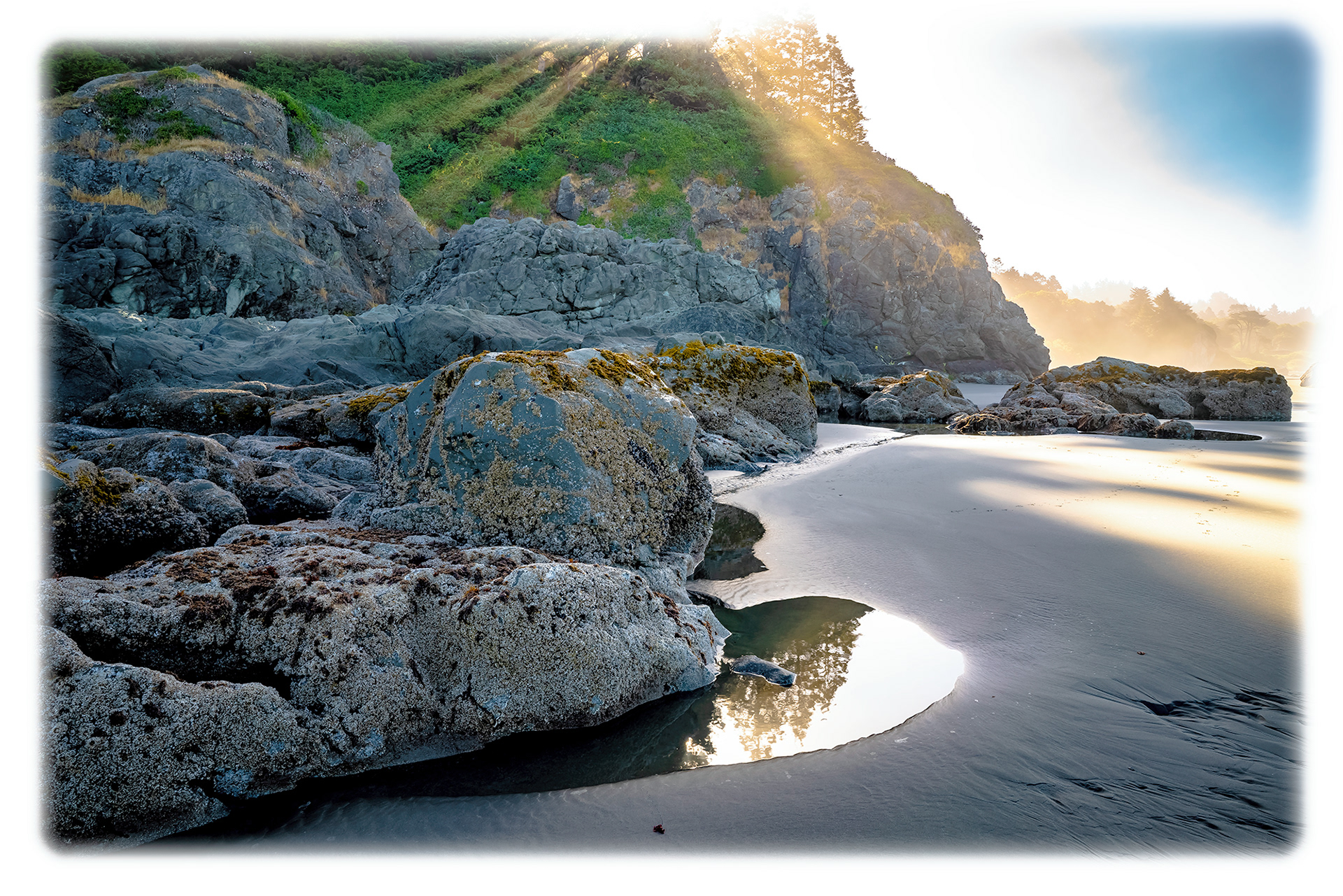
So even the arts exhibit this loss of the sacred. First, you lose religion, and then the arts become degraded. We moved from the classic era into the romantic era into the plastic era, and we’re in this plastic era now. All the fields of human endeavor are basically devoted at the present time to the mood of scientific materialism, and the apparent creativity of the sheerly plastic arts of human existence.
Truly, the artist is a sacred performer. The true artist must be this. He or she must do that magic act that causes others to participate in manifest reality in the sacred sense, or the sense of love, in the sense of self-transcendence, of ecstasy.
When the culture and politics of human beings are harmonious, when they involve sacred association, then the true artist appears. And he or she must go through a trial, an ordeal of learning and transcending self, locating the mysterious creative process that transcends his or her own egoity.
When the artist has done this, then his or her performance, or whatever he or she makes, becomes valuable to others. The artist is not what’s valuable, although he or she may be honored. It’s his or her work that’s valuable. Often, true artists didn’t even leave signatures, or identify themselves along with what they created.
When the artist has done this, then his or her performance, or whatever he or she makes, becomes valuable to others. The artist is not what’s valuable, although he or she may be honored. It’s his or her work that’s valuable. Often, true artists didn’t even leave signatures, or identify themselves along with what they created.
True art is a sacred performance, an act of love. And sacred performance can only occur in a sacred setting, a sacred culture, a sacred society. Ultimately, the artist must associate people with the sacred, must invoke in them that capacity to participate in reality that’s about self-transcendence, love, Divine Communion.
This loss of the ability to use art, true art, is one of the regrettable aspects of modern civilization. It’s part of the whole development of materialistic thinking.
Even in a society that’s relatively secularized, the beautiful, at least, must be fundamental to art. And a society that’s complete in the cultural sense adds to the beautiful the sacred dimension, the spiritual dimension.
This loss of the ability to use art, true art, is one of the regrettable aspects of modern civilization. It’s part of the whole development of materialistic thinking.
Even in a society that’s relatively secularized, the beautiful, at least, must be fundamental to art. And a society that’s complete in the cultural sense adds to the beautiful the sacred dimension, the spiritual dimension.
Where the sacred is absent, then the best art can do is meditate on the beautiful and bring people to feel that. But there is nothing beautiful without love.
So much of modern art is just design. Again, the reference to architecture is significant. Design is certainly an aspect of art, whatever art form is involved, but it’s not the end phenomenon. It’s not the essential principle. It’s only part of the craft of art.
So much of modern art is just design. Again, the reference to architecture is significant. Design is certainly an aspect of art, whatever art form is involved, but it’s not the end phenomenon. It’s not the essential principle. It’s only part of the craft of art.
An artist must learn his or her craft and then must be able to do that mysterious something that connects the viewer with the Divine Reality, or the Numinous Reality, the spiritual feeling associated with loving, and with experiencing feelings that go beyond the contracted state of life — as you do when you’re in love with someone.
Someone you love is beautiful, whatever his or her physical attributes. It’s the love that makes the person beautiful. It’s only because you love that you can truly feel this.
Someone is beautiful whom you love, but there is also an extraordinary beauty potential in the love-relationship. It’s about human beings transformed by loving and being loved, not only in terms of their human relatedness, but also in terms of their spiritual participation.
So beings who love one another, and who are in love, and who love, whose life practice is that of love, live in Divine Communion.
There’s no great art without the sacred.
There’s no true art without the beautiful.
For there to be the sacred, there must be the ability to participate spiritually in Reality, beyond self. Great art must be associated with the Divine. And for something to be beautiful, there must be love. And for this, there must be a culture of love, because all art objects are somehow generalized for everyone to observe. The subject must be, somehow or other, something that anyone, in general, could love.
Without the ability of an art form to evoke the feeling of love in you, you cannot find it to be beautiful.
True art should permit and invite self-transcendence. True art is not merely the product of a hero or a heroine who is able to transcend himself or herself and create something which is then to be passively admired by others.
Participation in an art form should be a great exercise that enables you to transcend yourself. True art has a purpose for others, not merely a purpose for the artist.
Participation in an art form should be a great exercise that enables you to transcend yourself. True art has a purpose for others, not merely a purpose for the artist.
Participation in an art form should be at least as great an occupation as the creation of an art form.
You must be able to participate in Reality, participate in the Divine, participate in the Sacred.
You should dance. You should sing. You should become ecstatic. You should go beyond your self. Participate in art. Don’t just look at it. Don’t just see that it’s there. Don’t just know that it’s there.
Art should change you.
That’s the whole purpose of it”.
. . . . . . . . .
Doesn’t get any clearer, better… or, more precisely stated than than
And. That’s not all folks!!
